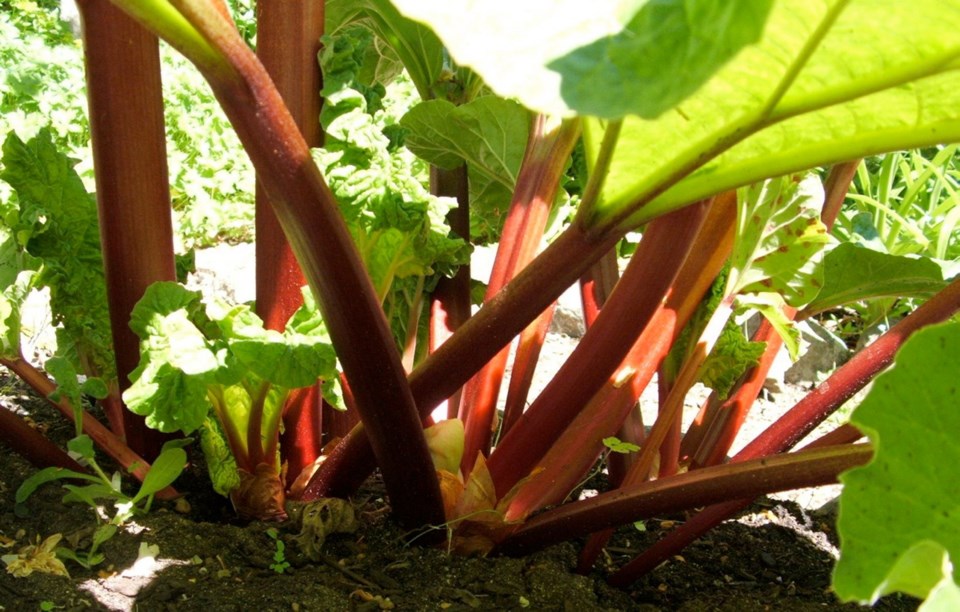Dear Helen: I have a follow-up question to one you answered about over-wintering citrus trees. We were told to put them in our unheated garage, but we decided we’d rather keep the car there. You suggest wrapping. Could you elaborate? Burlap and straw? A plastic arrangement? Our trees are in half-barrels.
S.R.
Since you at least (briefly) considered the garage for the trees, I’m presuming you are able to move the half-barrels. A winter home against a sheltered house wall would work. The degree of protection needed will depend on the weather and also on the type of citrus plants you have.
Citrus trees are not all equally hardy. Check plant tags or inquire at the outlet where you purchased the plants. Almost all do not tolerate freezing temperatures. An exception is ‘Meyer’ lemon, which will withstand just a few degrees of frost.
The shelter of a roof overhang will prevent water-logged soil conditions. Check the soil a few times over the winter and water only enough to keep the soil from drying out.
It is predicted to be a mild winter, but have some protective materials on hand in case freezing temperatures appear to be approaching. Floating row covers are ideal because they are lightweight and they breathe.
If possible, arrange a wire cage or insert stakes around each plant, to hold the covering material away from the foliage. Chopped straw or loosely crumpled newspaper can be placed within the improvised enclosure before arranging row covers, lightweight blankets or old curtains over the plants. If more than a minimal frost is predicted, use at least three layers of floating row cover and then place a loose covering of plastic over that. Include the pot in these coverings.
Keep the plants covered only during periods of freezing temperatures. Ideally, wrap and unwrap the plants gradually, layer by layer, over several days to protect them from the shock of abruptly changing conditions.
Dear Helen: I have two old rhubarb clumps that yield reasonably well, but briefly. They die back early in the summer. What do you think is the problem?
W. M.
I’ve had that happen with plants I’ve not dug up, divided and replanted regularly, that is every four or five years. Rhubarb plants left alone longer than that develop a huge, woody root mass that takes much hard work to muscle out of the ground. Sometimes, there won’t even be any young growth buds around the edge of the mass to replant.
March and October are the usual preferred times in our climate for dividing rhubarb clumps, but if weather patterns continue to bring less cold and longer growing seasons that are extended at both ends, the division could well be done also in February or November, weather conditions permitting.
Dear Helen: I have a potted Dipladenia (Mandevilla) that bears deep pink flowers. I brought the plant inside earlier in the fall and now it is dropping leaves, even though I spray it with water daily. How should these plants be over-wintered?
G.H.
Dear G.H.: The Mandevilla (Dipladenia) you have is an evergreen vine that is very popular in southern California and other zone 10 and 11 areas in the United States. Here, it is grown as a house or greenhouse plant.
Often, indoor-outdoor plants like this drop leaves when they are brought back into the house after outdoor conditions have cooled well beyond what they will encounter indoors. The shock of suddenly warmer temperatures, drier air and different light conditions causes the adverse reaction.
Evergreen Mandevilla plants need warm conditions, with winter temperatures that do not drop below 13 C. Once overnight low temperatures outdoors approach that reading, the plants should be brought back indoors, where they require the brightest possible indirect light and very high levels of humidity in the air. Water sparingly in winter and aim for room temperatures a little on the cool side.
GARDEN EVENT
Native plant meeting. The Native Plant Study Group meets Thursday at 7 p.m. in Room D116 of UVic’s MacLaurin Building. Thomas Munson, from the Victoria’s team dedicated to managing natural areas of city parks will speak about protecting Victoria’s Parks. Discussed will be examples of applying restoration science to Garry oak systems, with a focus on a recent Beacon Hill Park project. Non-member drop-in fee is $5, students free. Cost of parking at UVic is $2.50. NPSG.ca.



